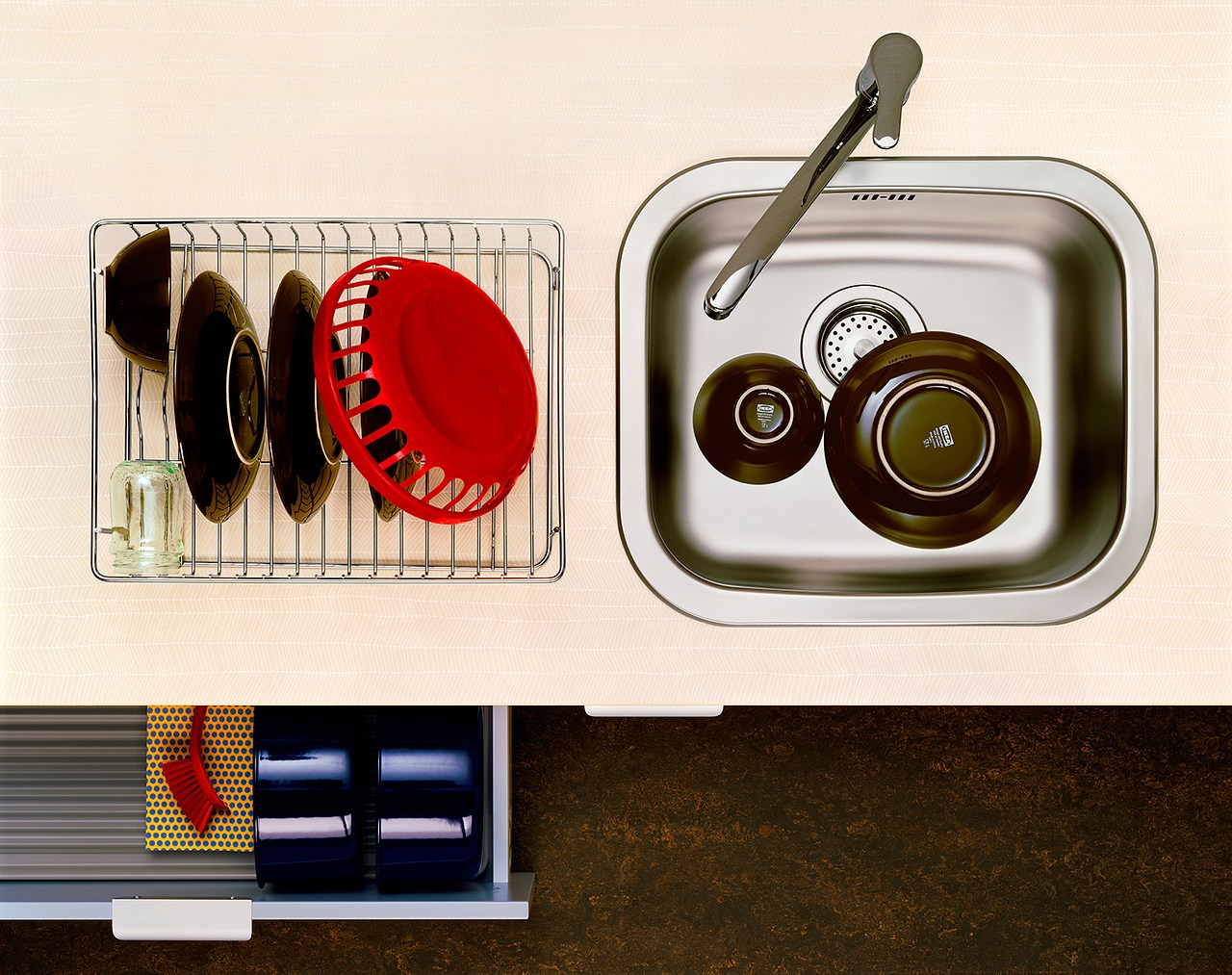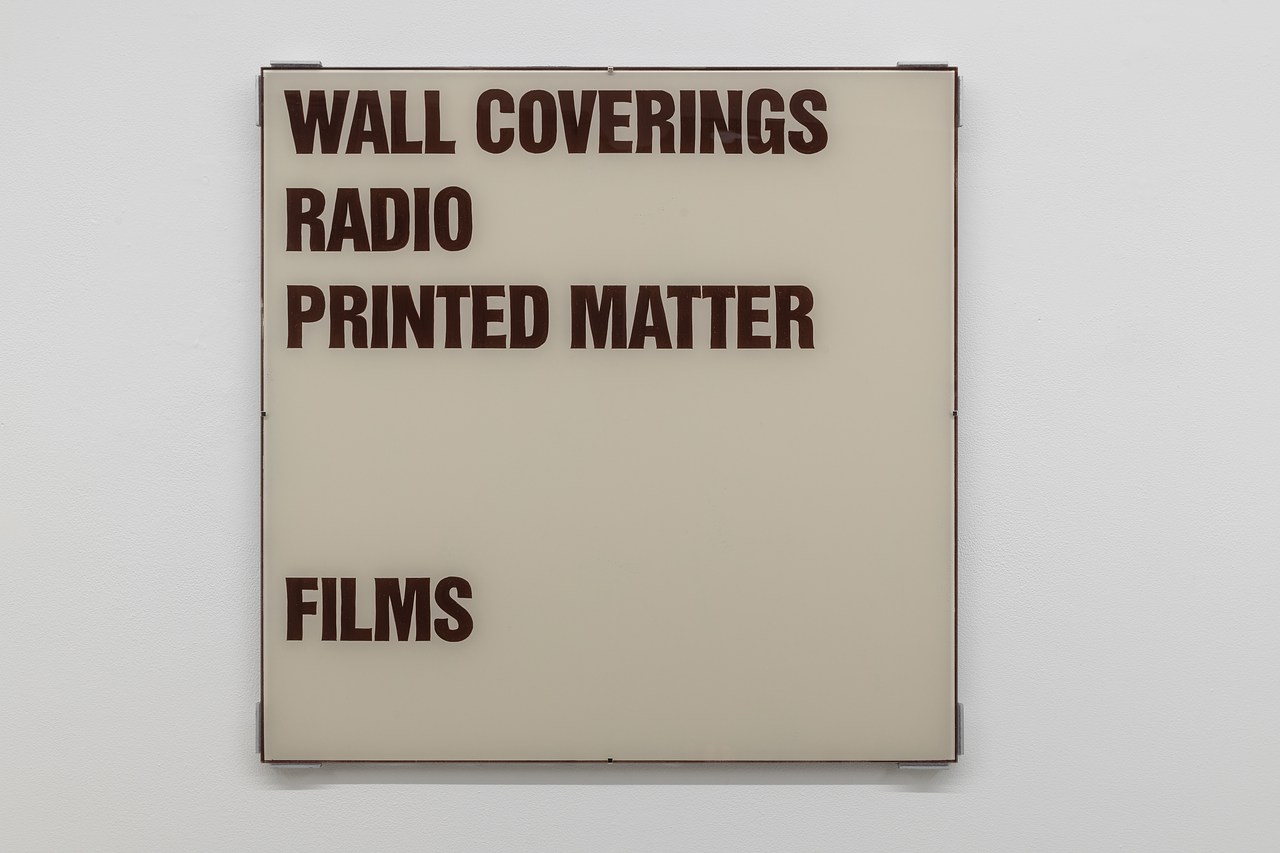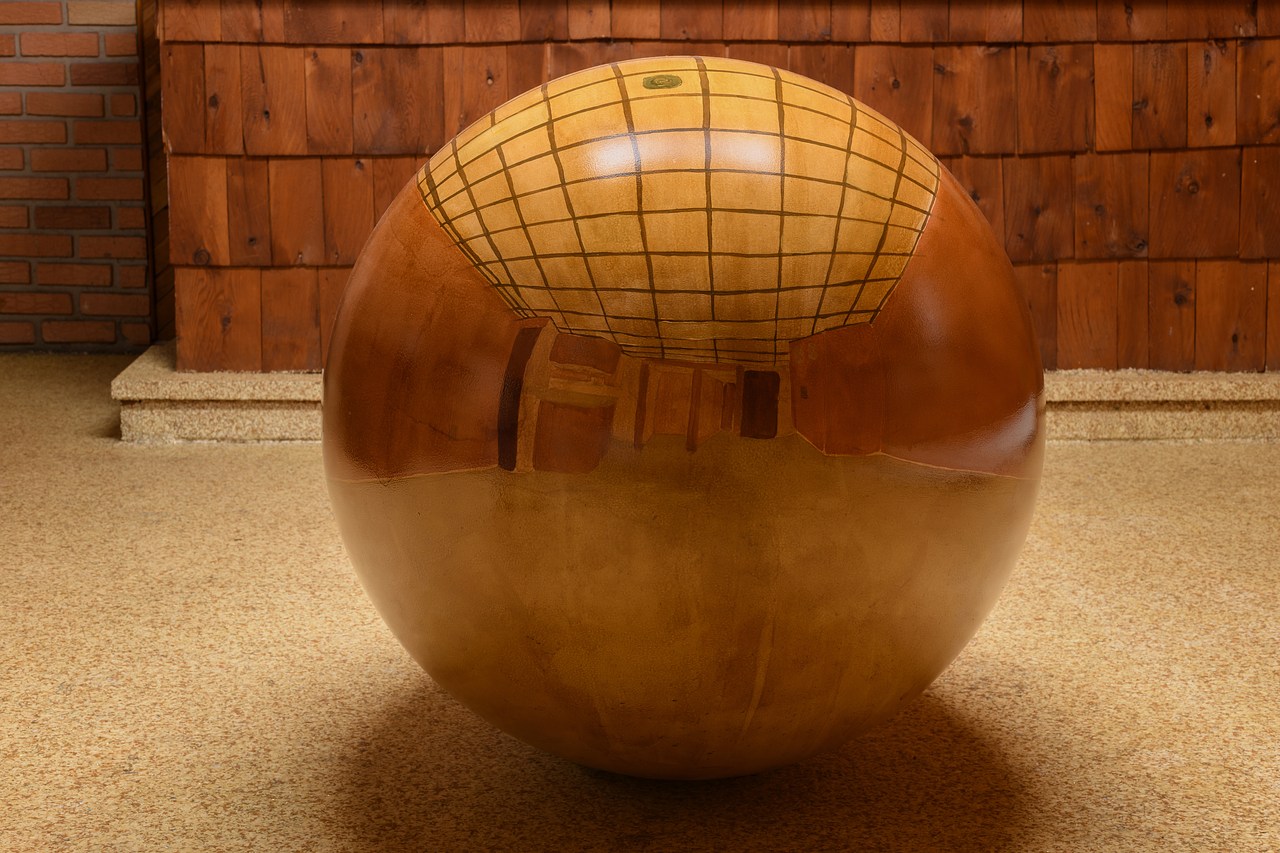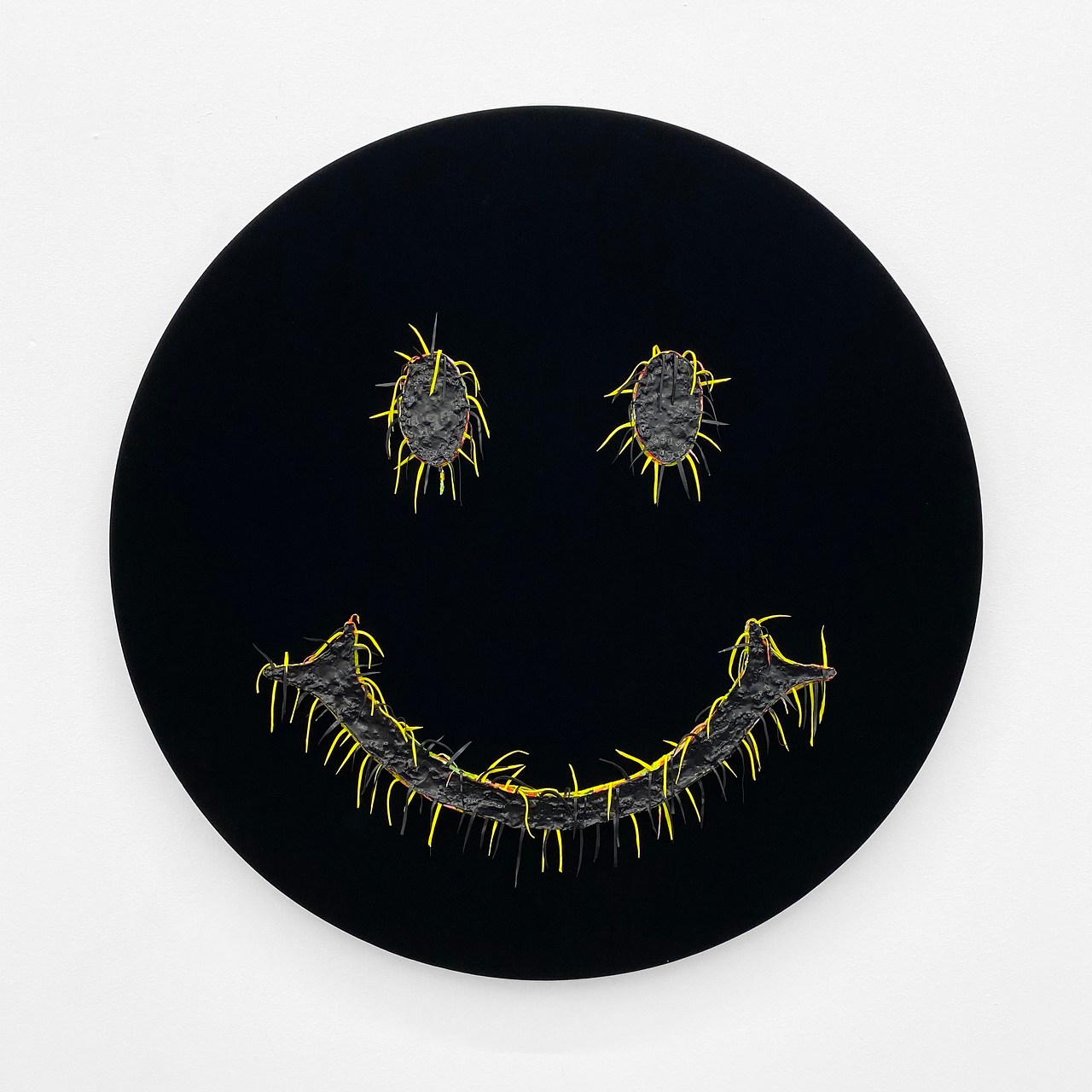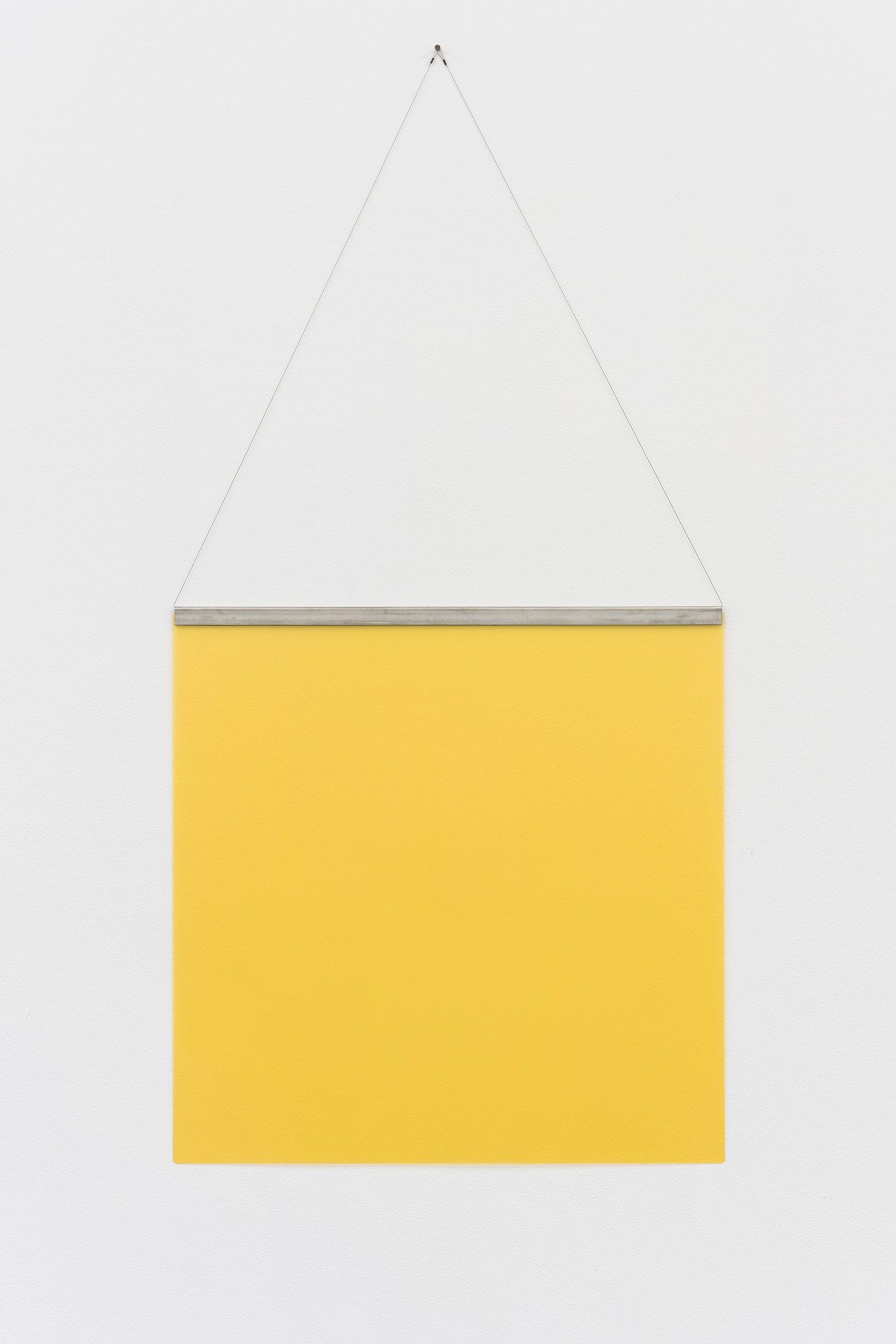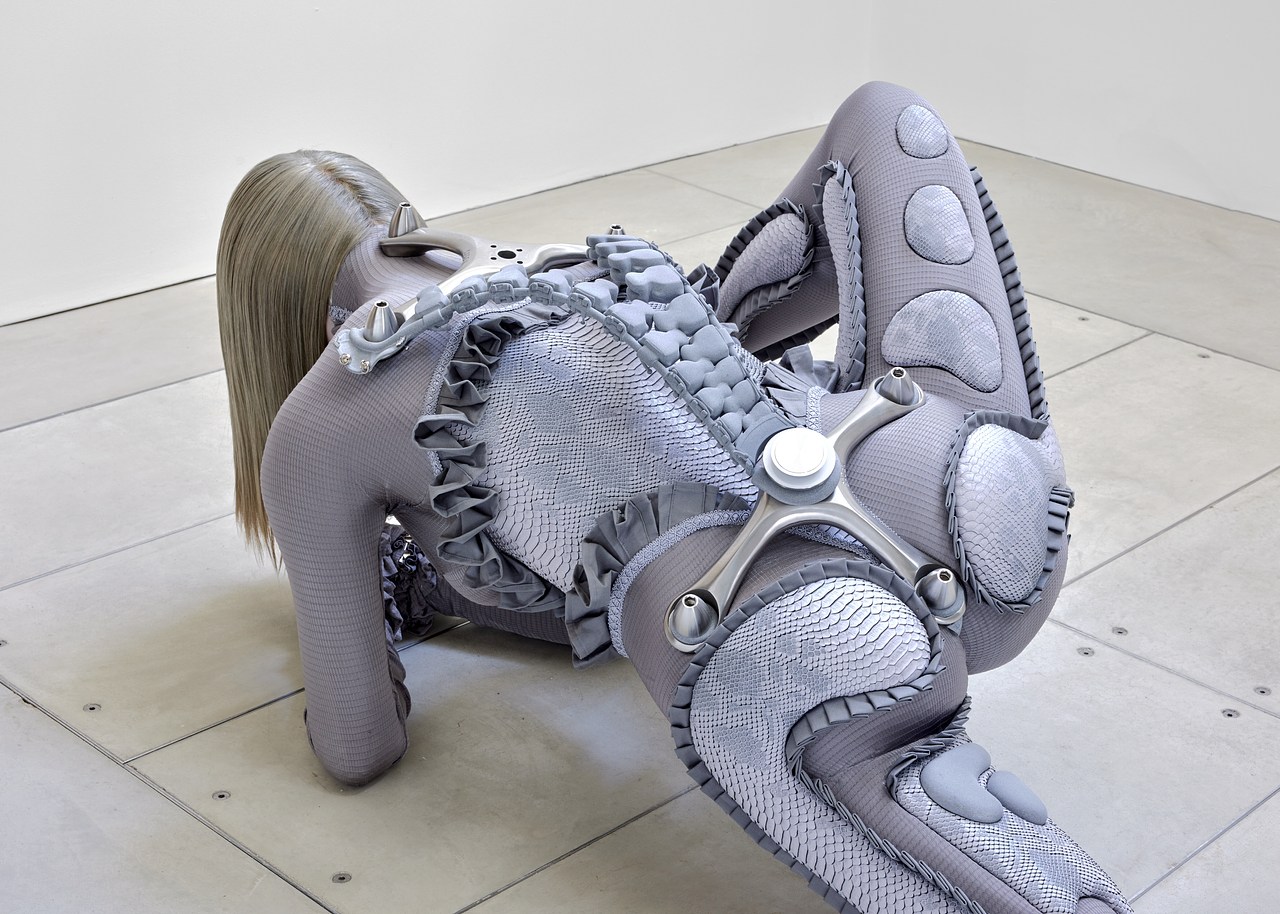Editor’s Note: This story originally appeared in On Balance, the ARTnews newsletter about the art market and beyond. Sign up here to receive it every Wednesday.
Late last month, I found myself on the outskirts of Riyadh, Saudi Arabia, in the town of Diriyah, standing in front of the recently opened Museum of Contemporary Art (SAMOCA) and looking out at a vista that, as one local arts professional observed, captures what the Kingdom of Saudi Arabia (KSA) is all about. Before me, I could see the tranquil Wadi Hanifah valley where the locals of Diriyah gather for leisure activities, all the way to the distant towers of the $10 billion King Abdullah Financial District (KAFD) development in central Riyadh. SAMOCA is situated in Diriyah’s JAX District, a creative hub of warehouses that now hold art and film studios but, until recently, was home to car repair shops. Diriyah itself, considered the historic birthplace of the kingdom, is a $63 billion development that will feature multiple museums and hotels. It all makes for a dizzying layer cake of past, present, and future.
I was in Riyadh for the opening of the third annual edition of the two-week-long Noor Riyadh, a citywide festival of artworks involving light by both Saudi and international artists. The festival couldn’t help but illuminate the array of projects currently underway as part of Crown Prince Mohammed bin Salman’s sweeping Vision 2030 initiative to reduce the country’s reliance on oil and diversify the economy.
Weeks before my arrival, news broke that Riyadh would likely host the 2034 World Cup. On the day I arrived, it was announced that the city would host the World Expo 2030. In Paris, Laurent Le Bon, president of the Centre Pompidou, and Amr Almadani, CEO of the Royal Commission for AlUla, signed a formal agreement to collaborate on a new contemporary art space to open in AlUla in 2027. Early this coming February, the third edition of Desert X AlUla opens, as will, a few weeks later, the second edition of the Diriyah Biennale, KSA’s first art biennale, in Riyadh. Then, in two to three years, Wadi AlFann (“Valley of the Arts”), a 40-square-mile site featuring monumental site-specific permanent land artworks, will open at AlUla. At his studio in the JAX District, Saudi artist Ahmed Mater showed me renderings for his project for Wadi AlFann, an enormous structure that produces a mirage.
It can be difficult to remember what entity oversees which project in KSA. SAMOCA, an 18,000-square-foot kunsthalle, is a project of the Museums Commission, which is run by the Ministry of Culture. So is the still-in-development museum for modern and contemporary art that, with its permanent collection, will dwarf SAMOCA. The Diriyah Biennale Foundation, also under the Ministry of Culture, is partnering with real estate developer ROSHN, a company set up by the Kingdom’s Public Investment Fund to increase home ownership across Saudi Arabia to 70 percent by 2030. Noor Riyadh, meanwhile, falls under the public initiative Riyadh Art, which is overseen by the Royal Commission for Riyadh City, whose board chairman is bin Salman. It takes an org chart just to keep track it all.
And there is more: directly across the street from the JAX District, during Noor Riyadh, the ATHR Foundation opened the eighth and largest edition of its Young Saudi Artists Exhibition, showing 25 emerging talents drawn from an open call. The ATHR Foundation was set up last year by the founders of the Jeddah-based ATHR gallery, one of KSA’s most prominent commercial spaces, with a mission to help artists navigate the art system, as well as to advise local private and public entities on their cultural endeavors. The exhibition took place in a residential building called ETHR, which is part of the ATHR mission to help arts professionals (both homegrown and international) seeking access to the JAX resources.
The majority of the pieces in Noor Riyadh were brand-new, and several were spectacular, but, for me, the one that stole the show was older: Fühlometer (Feel-o-meter), a 2008 piece made by German artist Julius von Bismarck in collaboration with experimental designer Benjamin Maus and filmmaker Richard Wilhelmer. On the roof of a building in the KAFD, von Bismarck had installed a 26-foot-high smiley face illuminated with fluorescent tubes. Visible from miles away—and a nice diversion while stuck in traffic on one of the many highways that loop around the city—the face changes its expression using software that analyzes peoples’ expressions gathered from surveillance cameras set up around the area. The face smiles when the city smiles, frowns when the city frowns, and displays every emoji-able expression in between. The artwork would seem to be a direct reference to KAFD’s rapid development as a smart city: it was reported in September that Orange Business, the French telecom company that has moved aggressively into big data and AI, had closed a deal that will see it building geolocation-based sentiment analysis of social media and other features into the existing KAFD digital infrastructure.
Another poignant piece in Noor Riyadh was in the tranquil Wadi Hanifah park, where French artist Bruno Ribeiro erected a 65-foot-high sculpture of an oil derrick on which foreboding light patterns coordinated to the sound of an ominous booming techno soundtrack. The piece was called All Is Well.
It was only as I was leaving KSA that I realized how close I’d been, in the JAX District, to a space dedicated to showing the Saudi public scale models and computer renderings of The Line, a 110-mile-long “linear smart city” that is part of the futuristic $500 billion, 16,000-square-mile sustainable living giga-project NEOM. Unable to visit, I watched a video presentation of The Line on my phone on the way to the airport, thinking how easy it was to chalk it all up to some kind of utopian—or perhaps dystopian—sci-fi fantasy. The project is proposed to have some 9 million people living in a car-less urban area serviced by a high-speed rail system. But then, at the airport, I spoke with a UK-based adviser/contractor at a Starbucks who claimed to be working on The Line. He’d seen trucks there, he told me, he’d seen materials. He said “it’s real.”
If, instead of heading back to New York, I had taken a two-hour flight east, to Dubai, I would have arrived just in time for the start of the UN Climate Summit. In the weeks that followed, the Saudi contingent at the conference went on to lead a group of major oil exporters in resisting a deal calling for a complete phaseout of fossil fuels. (In the end, a compromise deal was reached that, while still historic, calls instead for “transitioning away from fossil fuels.”) The New York Times, in a story on the negotiations, pointed to what analysts say is an obvious paradox: “Crown Prince Mohammed bin Salman is spending tens of billions of dollars to try to diversify the Saudi economy, investing in industries like renewable energy, tourism, entertainment and artificial intelligence. Paradoxically, that means the government needs oil revenue to fund its plans for life after oil.”



